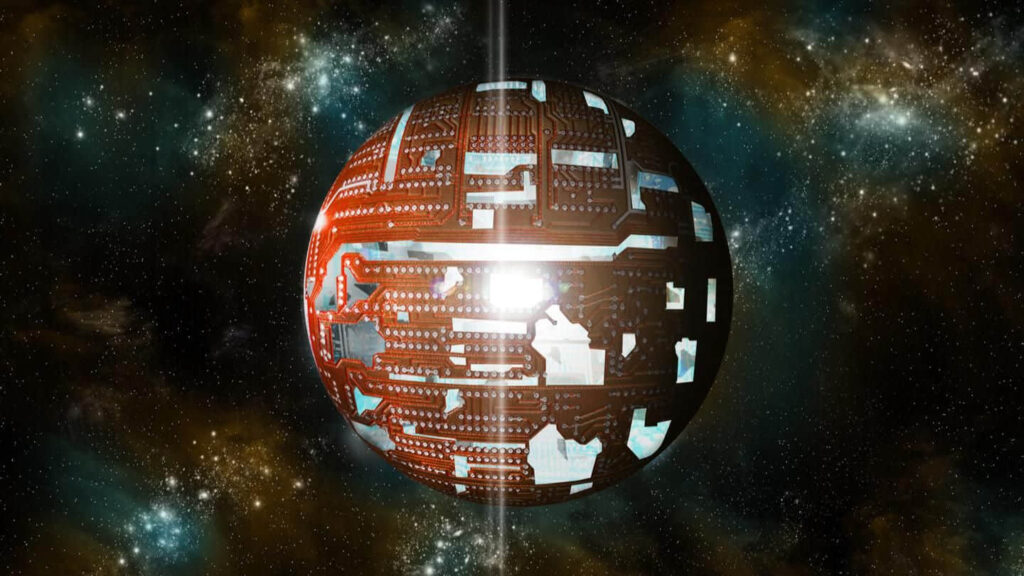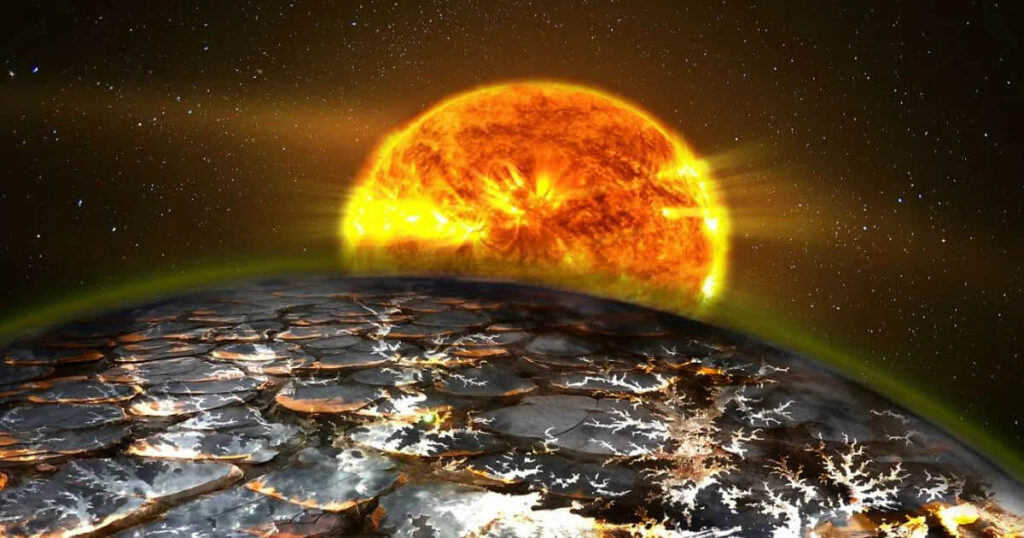So far no one has found evidence of intelligent aliens elsewhere in the universe. But if they exist, they may be hovering on Dyson spheres orbiting the shells of sun-like stars called white dwarfs scattered throughout the Milky Way, a new paper argues.
And that’s where we should focus our search for extraterrestrials, said study co-author Ben Zuckerman, professor emeritus of physics and astronomy at the University of California Los Angeles.
Based on those findings, astronomers can estimate how many advanced civilizations lurk in the galaxy, he said.

Any advanced civilization needs energy: for food, for transportation, for conflict, for comfort and convenience. Currently, the 7.8 billion people on Earth use about 580 quadrillion joules of energy each year, equivalent to the energy output of nearly 14,000 million tons of oil, according to The World Counts. Indeed, almost all of human energy comes from fossil fuels, because we lack the technological understanding to rely on the largest source of energy in the solar system: the Sun.
If humans covered every square inch of the Earth’s surface with solar panels, that would generate more than 10^17 joules of energy per second. That would still lose most of the energy radiated by the sun, about 10^26 joules per second.
This is the driving force behind the Dyson sphere, named after the famous physicist Freeman Dyson, who developed the idea in 1960. If an advanced civilization really wants to harness the sheer energy output Well, they have to build megastructures to capture it, block out at least some of the star’s light, and convert that energy into other useful things.
Dyson’s original proposal of a solid sphere (with 100% solar coverage) did not work because of stability problems, as it would be impossible to keep the star at the center and the entire sphere would disintegrate due to extreme tidal and rotational stresses. Even so, it’s easy to imagine an advanced species building circles or clusters of giant structures covered in solar panels to get the job done.

But no matter how advanced a species is, and how many Dyson sphere-like objects they build, they will have to face the fact that every star has a finite lifespan. If a civilization arose around a typical sun-like star, that star would one day transform into a red giant and leave behind a cold white dwarf.
So staying on the surface of a planet is not a viable option in the long term. That means any alien could pack up and leave, find a new system to call home, or build a series of habitats that collect radiation from the remaining white dwarf. again.
According to a new paper written by Zuckerman and accepted in May for publication in the journal Monthly Notices of the Royal Astronomical Society, it seems unlikely that an alien civilization would choose to experience going through the trouble of traveling to a new star just to build a Dyson sphere. So they will just build these superstructures around stars, which will eventually turn into white dwarfs.

This allows scientists to make a direct connection between the lifetime of stars and the prevalence of Dyson spheres. So, Zuckerman reasoned, if astronomers look for Dyson spheres around white dwarfs and come up empty, that could help estimate how many advanced civilizations might exist in the universe. river.
Current surveys of white dwarfs have found no evidence of any Dyson spheres. Given the total number of white dwarfs we would expect to inhabit the Milky Way, Zuckerman estimates that no more than 3% of habitable planets around sun-like stars would give rise to a selective civilization. Build a Dyson sphere around a white dwarf.
However, there are so many planets around sun-like stars that this calculation only provides an upper limit of 9 million potential white dwarf spherical civilizations in the Milky Way, the researchers concluded.
